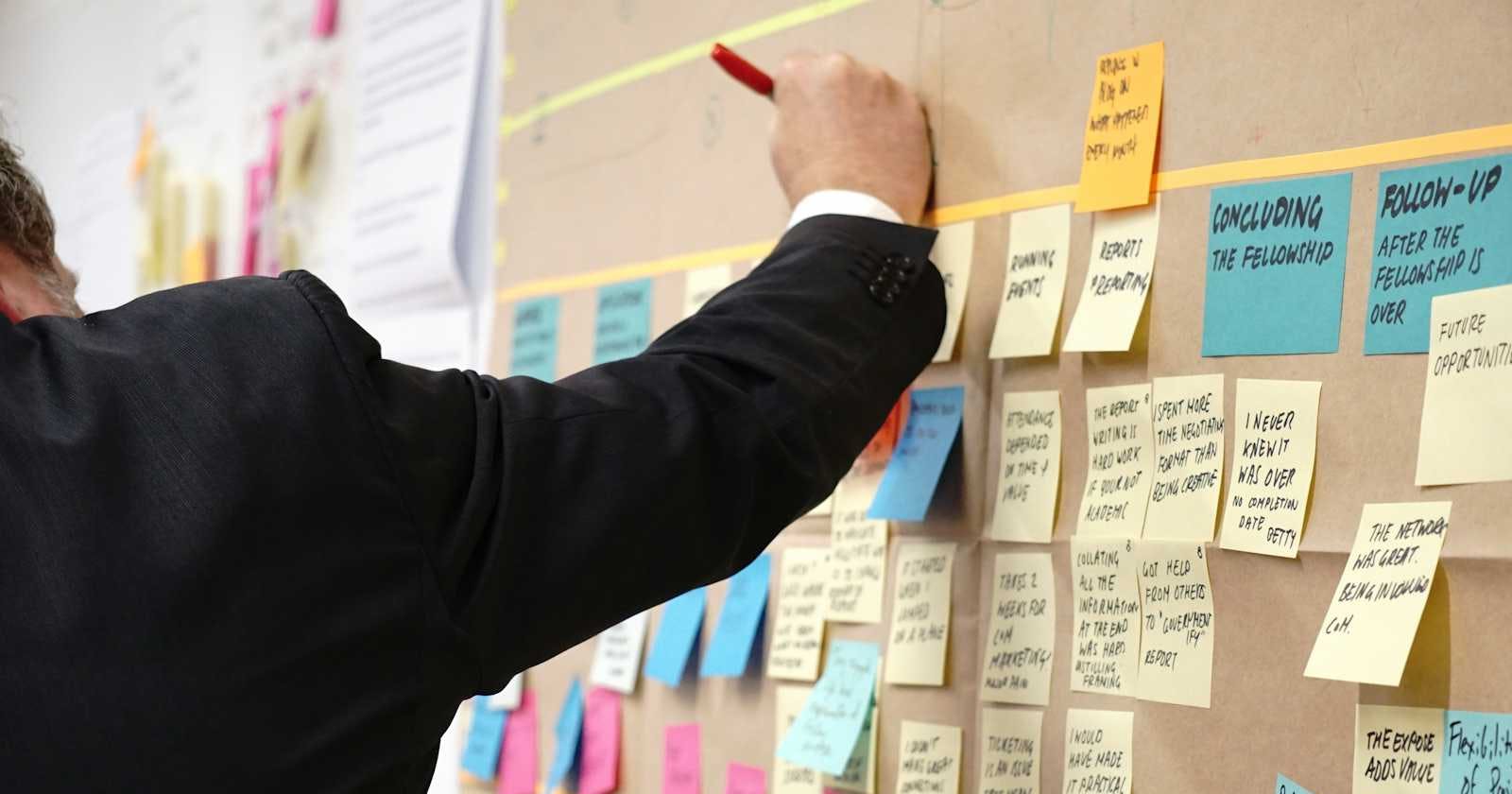
Photo by Jo Szczepanska on Unsplash
Scrum Master Roleplay in a Real Project: A Day in the Life
Scrum Master habit
To truly understand the role of a Scrum Master, let's step into their shoes in a real project scenario. Imagine you're the Scrum Master for a team developing a new fitness app:
Morning:
8:30 AM: You lead the daily Scrum meeting. Team members share their progress, roadblocks, and plans for the day. You ensure everyone is focused and clear on priorities.
9:00 AM: A developer encounters a bug in the calorie-tracking feature. You facilitate a quick problem-solving session, guiding the team to find a solution without derailing the sprint.
10:00 AM: The product owner arrives with new user feedback on the interface. You schedule a backlog refinement session to discuss how to integrate this feedback into the next sprint.
Afternoon:
12:00 PM: You join the product owner and a designer for a sprint planning session. You help ensure the chosen user stories are achievable and align with the overall product vision.
2:00 PM: An argument arises between two developers over code design. You act as a mediator, encouraging active listening and helping them find a compromise that satisfies both.
3:00 PM: You notice the team morale is dipping after a challenging user acceptance testing session. You organize a short team-building activity to boost spirits and refocus on the shared goal.
Evening:
5:00 PM: You facilitate the sprint retrospective. The team discusses what went well, what could be improved, and how to implement those improvements in the next sprint.
5:30 PM: You meet with the project manager to provide an update on the sprint progress and address any cross-team dependencies.
6:00 PM: You spend some time reflecting on your own effectiveness as Scrum Master. You identify areas for personal growth and plan to share your observations with the team during the next retrospective.
This is just a snapshot of a Scrum Master's day, but it showcases the diverse nature of their role. They wear many hats – coach, facilitator, servant leader, problem solver, mediator, and even cheerleader. Their ultimate goal is to remove roadblocks, optimize workflows, and empower the team to deliver high-quality software through iterative cycles of improvement.
Here are some additional insights into the roleplaying aspects of being a Scrum Master:
Flexibility is key: Be prepared to adapt your approach on the fly. Every day brings new challenges and opportunities.
Active listening is crucial: Understand the team's needs, concerns, and ideas to provide effective support.
Communication is essential: Keep everyone informed, transparent, and aligned with the project goals.
Problem-solving skills are vital: Help the team overcome obstacles and find creative solutions to complex challenges.
Conflict resolution is a must: Address interpersonal issues with empathy and tact to maintain a positive team environment.
Leadership comes in many forms: Inspire and motivate the team without being controlling or dictatorial.
Remember, the Scrum Master is not a dictator, but a servant leader who empowers the team to achieve their best. By understanding the nuances of the role and adopting a flexible, adaptable approach, you can effectively guide your team through the dynamic world of Agile development and achieve project success.
I hope this roleplaying exercise provides a deeper understanding of the real-world challenges and rewards of being a Scrum Master.

